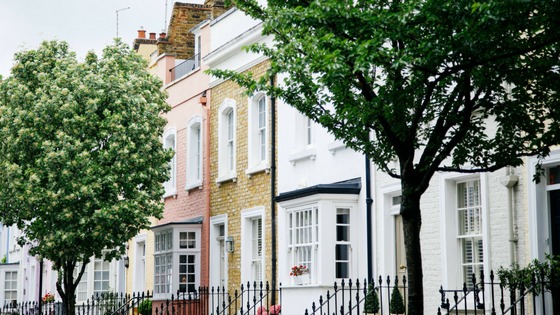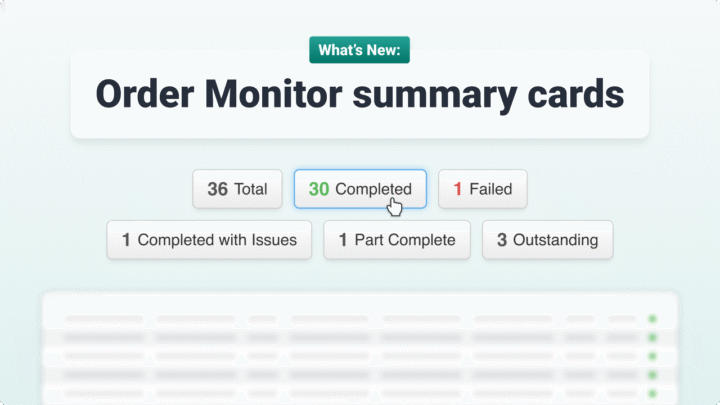As digital moves into every facet of life, including both B2B and B2C commerce, consumers expect more personalised experiences.
According to PWC’s retail insights 2017 report, online customers in the UK are increasingly demanding personalisation of their retail experience – and rewarding that personalisation with loyalty.
This push for more personalised options does, of course, extend to your delivery offering too. Giving your customers the option to personalise the delivery of their goods is an expected part of service. Offering customised delivery options (and then fulfilling those options well) is essential for businesses making deliveries in their own fleet of vehicles.
But not every business model, or every item offered, is suited to every delivery option. You need to work out which types of customisation work best for your business. Here are just a few of the options you could consider offering as part of a more personalised delivery system:
- Click-and-Collect, or delivery to a locker is great for businesses delivering small, easy-to-assemble goods: your customer needs to be able to collect their items, carry them and install or set them up by themselves. This works well for simple, relatively low-cost items, like clothing, books, and small household decor. Click and collect may be gaining in popularity (58% of online retailers are now offering it as a delivery option, according to eDelivery.net), but for retailers delivering bulky, awkward or specialist items, this is a delivery option that may not fit
- Delivery Speed: some customers will be willing to pay more for expediated delivery (for example, a next-day or same-day service). Offering speedy delivery like this is a good way for retailers who carry plenty of inventory to add value for customers who need their items in a hurry. Do be wary though of over promising and under delivering: If your items are bespoke or made-to-order, will you really be able to deliver the goods just 24 hours after the customer has placed their order? Retailers should only offer expediated delivery options if they are confident they can follow through.
- Specified Delivery Time: You may wish to offer customers their choice of delivery date, morning or afternoon and even specific 1- or 2- hour time slots throughout the day. Giving very specific delivery options can work well for companies delivering in a small geographical area, so that specific deliveries can be made at specific times, without having too great an impact on route optimisation. Another way to provide specified delivery times is to offer out-of-hours evening or weekend deliveries, which may be more convenient for some customers.
- Delivery Extras: Offering installation, fitting or some other add-on service as a delivery option is another way to empower customers to make their own choices about their delivery preferences. This option may be particularly useful for companies delivering goods that may require specialist installation or fitting, like white goods or furniture.
- Tiered Service Levels: If you have a loyalty programme or offer a membership or account system, a great way to add value (and incentivise customers to join) is to offer premium delivery for members. What exactly this means may depend on your business, but your ‘gold standard’ delivery programme could include expediated delivery (next-day delivery for members); more precise delivery time options (i.e. the choice of two-hour time slots for members, instead of simply AM/PM) or complementary fitting and installation for members.
Once you know what type of delivery your customer prefers it is time to plan and prioritise those deliveries.
One of the newest features of STREAM is the addition of service levels. Service levels can be specified for each order via the order details screen, or imported directly into STREAM with the order information.
You set the service levels, so they are suited to the exact requirements of your business and the expectations of your customers. You could specify whether a customer has asked for a Saturday delivery, or opted for a 24- or 48- hour service.
Service levels can also be used to categorise customers and orders by the delivery service required. Omnichannel retailers will know that fulfilling orders from specific channels (like eBay and Amazon) can mean adhering to specific delivery timeframes. Another case where categorisation may be useful is to fulfil the delivery promise offered to members of a loyalty scheme. If you offer tiered membership or premium delivery, having this specified against the order is helpful in planning.
You can also add service levels specific to the goods, not to the customer. For example, you may have certain goods that require a qualified or trained person to fit, assemble or install. This is the requirement for many deliveries in the kitchens, bedrooms and bathrooms category.
Service levels can be viewed against the order in the load-planning screen. This is especially useful when planning runs. Planners are able to hover over each delivery on the map and view the service level required before adding it to a run.
You can also search for orders by service level. This means that planners can prioritise the day’s delivery schedule by orders requiring next-day delivery.
Another example of the search function in action is when planners search for all orders out for delivery that require a two-man lift and ensure that they all go on the same run so that you don’t send out multiple vehicles with more than one driver. Equally, if you deliver some goods that require a qualified plumber or electrician, you can be sure that they are all assigned to the same run, and that that run is assigned to a driver with the right skills.



